How to make a lawn in an overgrown area?
The territory of the country house with lawn grass, organized beds and flower beds looks neat and attractive. Making a lawn in an overgrown area is a difficult task, but quite solvable. Most often, neglected land is inherited or acquired. It is not necessary to invest serious funds to improve the dacha. You can put the site in order on your own, there are several ways for this.
Cleaning the territory
The first step is to remove weeds from the overgrown area. Laying out a lawn requires thorough cleaning of the land before major work. The plan for these activities includes the following steps:
- collection of stones and debris;
- deadwood tenderloin;
- cutting unnecessary trees;
- uprooting stumps;
- removal of weeds;
- digging up the soil;
- laying of fertile land;
- leveling and loosening the site;
- fertilization.
Collected garbage should not be buried in the ground, it will interfere with the development of plant root systems if there is a desire to break a flower bed in a cleared area or plant shrubs and trees. Stones, sticks, plant residues are collected in heaps and then taken out.
After unnecessary trees or shrubs have been cut down, it is necessary to uproot the stumps from the ground, otherwise young shoots will soon go from the root. To uproot the stump, it is dug in around the perimeter, and then the roots are chopped off. After that, the stumps are swayed and pulled out of the ground. If they are too bulky, you will have to resort to the help of a tractor and winch or hire specialists.
Herbicide use
You can clean the area of unnecessary vegetation with herbicides. The advantage of chemicals is that the result can be achieved quickly, without spending much effort. The herbicides are completely biodegradable in the soil within 2 weeks. With the help of chemistry, you can quickly clear a large area, ridding it of any weeds and grass. There are many drugs, they are selected for a specific task.
According to the principle of action, herbicides are divided into two groups. Systemic drugs affect the entire plant as a whole, including the roots. Contact destroy those parts of the plant that they hit. The action of the herbicide can be selective, destroying only certain types of weeds, and continuous. In the second case, all plants die in a row.
If the weeds on the site have been growing for several years and have developed a powerful root system, the most effective preparations will be required to remove them. Among them:
- "Tornado";
- Hurricane Forte;
- Graud Bio;
- "Arsenal";
- Roundup.
After using the listed funds, the weeds die the first time. If this does not happen, repeated processing is permissible in excess of the dosage recommended by the manufacturer by 1.5 times.
Chemicals must be used before flowering, as they do not affect the seeds. Work is carried out in dry, warm, calm weather. Since herbicides are poisonous, protective equipment should be used in contact with them:
- gloves;
- glasses;
- respirator.
The weeds will turn yellow after spraying. After 2 weeks, their complete death occurs. Dead plants must be collected and burned. The ash obtained as a result of incineration cannot be used as top dressing. Re-procedure, if necessary, is allowed after 4-5 weeks.In the case when herbicides are used twice, it is better to replace the drug the second time. Laying the lawn in the cleaned area can be done next spring.
The use of folk remedies
Summer residents often practice folk methods of getting rid of weeds. You can clean the site using affordable and inexpensive means:
- Humus, compost, chicken droppings. Organics are laid out in a thin layer on the surface of the area allocated for the lawn, and covered with cardboard on top. By the next season, the site owner will have a fertile weed-free land.
- Black film. The material is spread over the area of the site in spring or early summer. In the heat, the film will create a greenhouse effect, the weeds will be destroyed by the high temperature. At the end of the season, the film is removed, the earth is dug up. After that, the soil is allowed to rest and in the spring it is sown with lawn grass. This method is suitable for removing even perennial weeds.
- Vodka. A month before sowing lawn grass, the ground is sprayed with an alcohol solution (150 ml of vodka per 10 liters of water). The alcohol provokes the growth of weeds, after which they are weeded out. The disadvantage of this method is its laboriousness.
- Blowtorch. Weeds are burned out on the vine without staying in one place for a long time. After exposure to a blowtorch, the area is watered with water.
Before digging up the earth, you can treat the weeds with a strong soda solution (2 packs of soda per bucket of water). Soda will have a depressing effect on plant growth. This method is not suitable for heavily overgrown areas.
Agrotechnical method
It is difficult to dig an overgrown area. First you need to get rid of large plants and cut the weeds. The top layer of sod is then removed, containing the intertwined roots of the weeds. This can be done with a sharp shovel.
The cut earth layers are folded to the side with the roots up, covered with a dark material and periodically watered with a urea solution. After 2-3 years, the roots of the weeds will turn into high-quality compost, which can be used as fertilizer.
Then they act as follows:
- The prepared territory is dug up, covered with fertile black soil, leveled and watered. The thickness of the fertile layer must be at least 20 cm.
- You can level the ground with a 2-meter board.
- After that, the soil is trampled underfoot or a special roller is used to compact the soil.
- The area for the lawn is sprinkled with granular fertilizers (urea, ammonium nitrate, a special complex fertilizer for lawn grass), which are then carefully covered with a rake.
- Now the soil is allowed to rest for 1.5-2 months. During this period, beneficial soil bacteria will develop in the ground, and birds will destroy all pests.
After the specified period, you can sow lawn grasses, having previously checked whether cavities and bumps have appeared on the ground. If necessary, the problem areas are re-leveled.
Sowing lawn grass
It is possible to purchase a ready-made roll lawn, which is then rolled out on a prepared site, but this is an expensive option, so many people prefer to sow special mixtures. For sowing, it is better to guess the moment when a good pouring rain will pass and the soil will dry out slightly. The soil should remain moist throughout the period until shoots have appeared. Watering before the grass starts to grow can erode the seeds, resulting in bald spots.
Before sowing, mix the contents of the package well. Sowing rate - 2-3 tbsp. l. seeds per 1 sq. m. Spoons should be collected with a slide. Sow lawn grass evenly, avoiding omissions. Too dense sowing does not threaten anything. As much grass will sprout as needed, nature will regulate it.
After that, it is advisable to fence off the site so that no one walks on it, and you can wait for the emergence of seedlings. You will need pegs and a long rope to organize the fence.If it was a spring sowing, the grass will appear in 2-3 weeks - you need to be patient. When laying the lawn closer to autumn, the seedlings will hatch earlier. In about a month, the lawn will acquire a beautiful well-groomed appearance.
When the grass rises to a height of 8–10 cm, you can trim it with a light electric trimmer. Knives must be well sharpened. In the future, the lawn needs regular mowing. Grass 5–6 cm long should be left. Waste should be removed immediately so that it does not interfere with the emergence of new shoots.
Tips for organizing the process
Since laying a lawn on the site is a laborious task, it is important to organize the work process correctly. It is not necessary to process the entire area at once, the area can be cleaned in stages. Particularly difficult places are divided into sections of 5-10 square meters. m.
To perform complex work (uprooting stumps, digging up the earth), you can attract hired workers or use additional equipment. It is not necessary to engage in hard physical labor yourself, it is enough to control the process.
It is necessary to start clearing the territory for a lawn after drawing up a plan, especially if the area of the territory is more than 10 acres. First of all, places that are in plain sight are cultivated - near a residential building, a gazebo, a bath. When calculating the area of the lawn, you need to take into account that then you will have to take care of the lawn - regularly mow, feed, water, remove bald spots and bumps.
Types of lawns for giving
Inexperienced owners of summer cottages are often lost when choosing grass for the future lawn. Here you need to know that lawns are divided into several types.
Parterre
This type is highly decorative, but impractical. You cannot walk on such a lawn, although it is characterized by increased density and uniformity. For sowing, in this case, a mixture is used containing different types of fescue, bent grass, meadow bluegrass and some other herbs. The area under the lawn in this case requires careful preparation and leveling. The lawn will need painstaking care.
Garden and park
The more common type. Such a lawn is considered universal, it is formed by cutting ordinary grass, without sowing any special mixtures. In this case, the green lawn will be quite resistant to mechanical stress.
You can walk on such a lawn, relax on it. Sometimes for a garden and park lawn a mixture of seeds of unpretentious plants is used in the form of wheatgrass rhizome, common comb, bluegrass, fescue, perennial ryegrass.
Lugovoy and Mauritanian
Such lawns look more natural and picturesque. Looking at the lawn sown with meadow grasses, it seems that all the plants have grown on their own. The seed mixture in this case is composed of low flowering herbs. Plants are selected for flowering periods so that they bloom alternately.
For meadow lawns, alfalfa with yellow or blue flowers, clover, horned lily, sainfoin and other species are used.
The Moorish lawn, in contrast to the meadow, is more like one giant flower bed. The mixture includes not only flowering herbs, but also cereals. In addition, poppies, cornflowers, chamomiles, calendula, and perennial gypsophila grow on the Moorish lawn. It is necessary to maintain the beautiful appearance of such a lawn with careful maintenance. Summer residents will have to manually weed the weeds that make their way, rather frequent watering.
Sports
The most resistant to mechanical stress type of lawn. The mixture includes specially bred varieties of perennial and pasture ryegrass, meadow bluegrass, red fescue, and bent grass. All these herbs are highly resistant to external stress.
In order to keep the lawn in proper condition, it needs constant attention. That is why on sports grounds, natural sports turf is often replaced with artificial one.The synthetic turf is especially suitable for those with children. Such grass is made from polyethylene. Artificial turf comes in a variety of colors.
The most difficult is the initial stage of laying out the lawn, but do not give up. The work can be stretched over time and then they will not cause much trouble. A pre-made plan will help to organize the process correctly. You also need to decide on the type of lawn you choose.
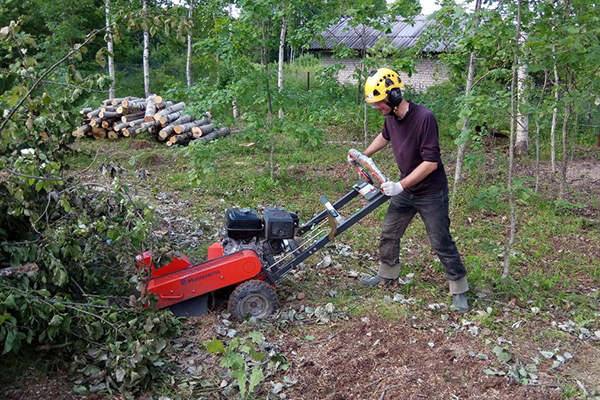
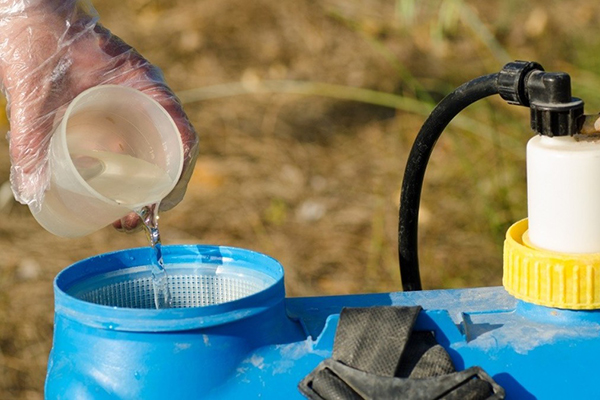
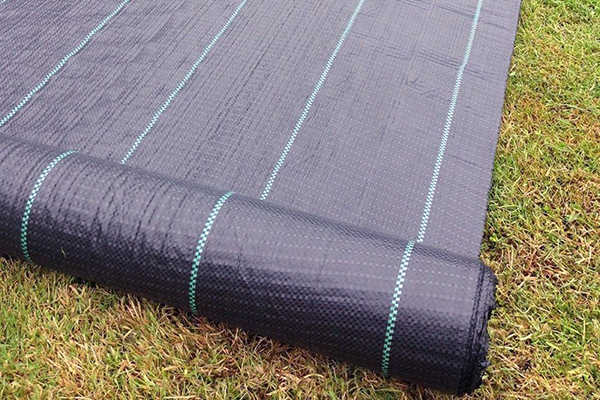
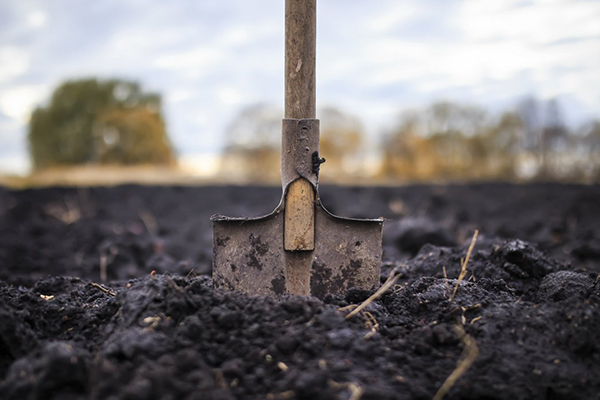
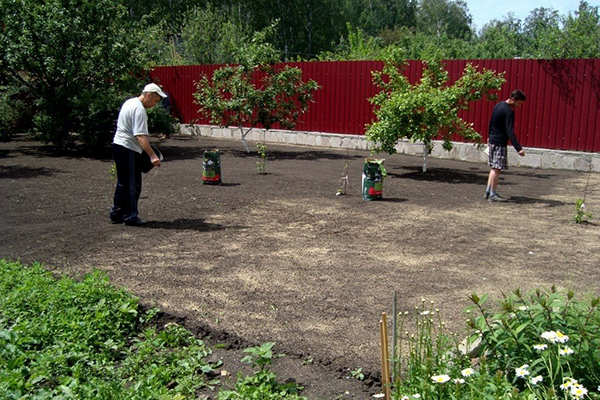

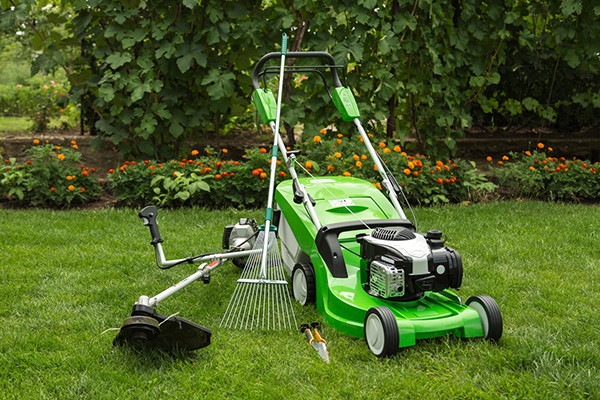
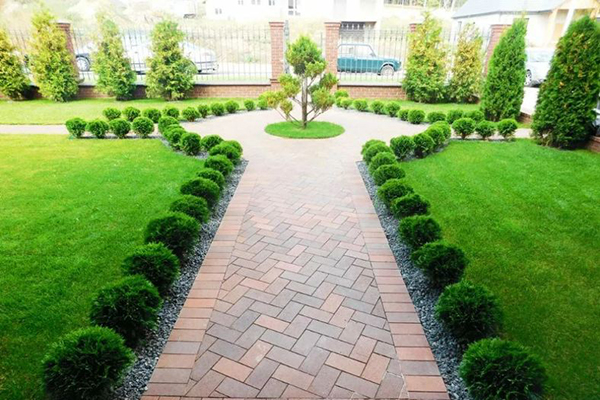
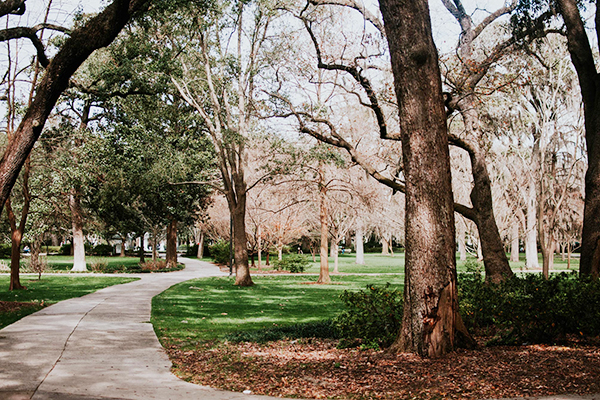
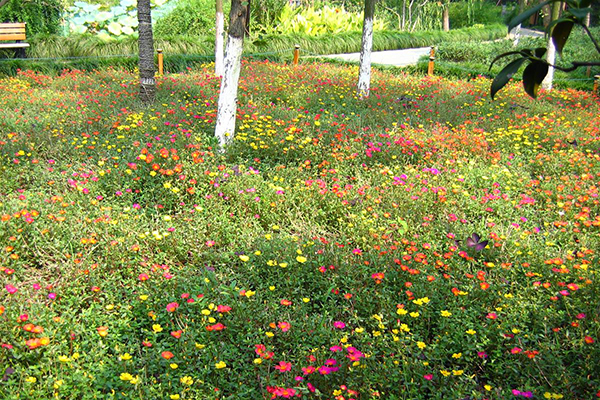

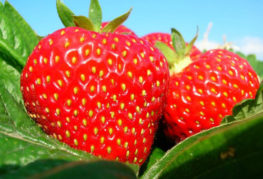
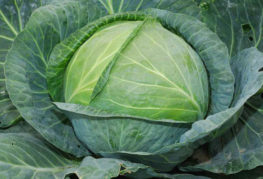
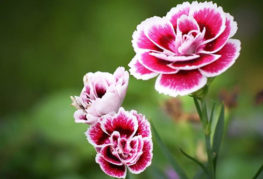
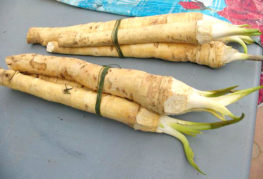
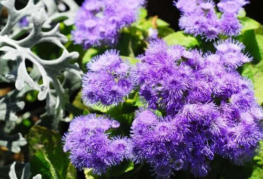
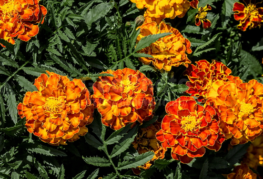
and will be published shortly.